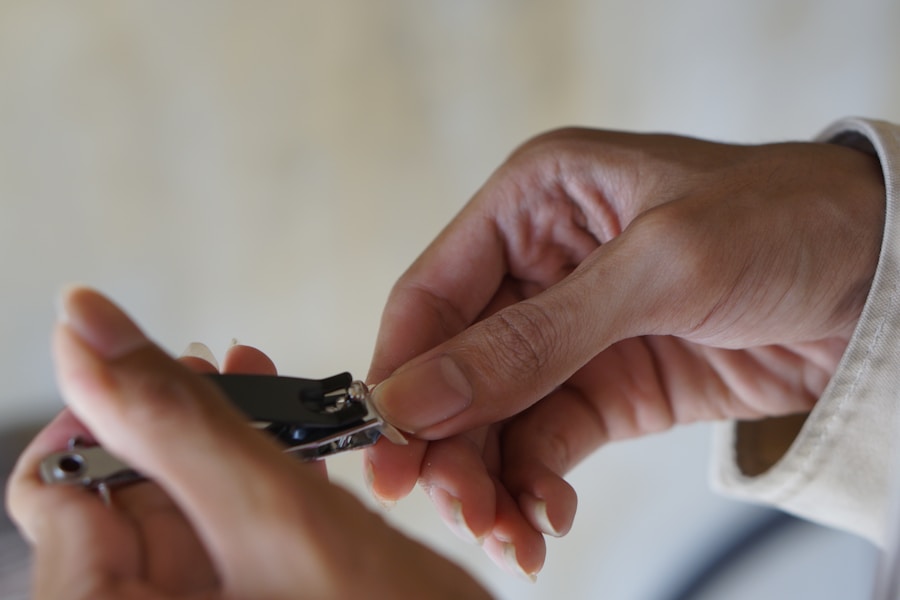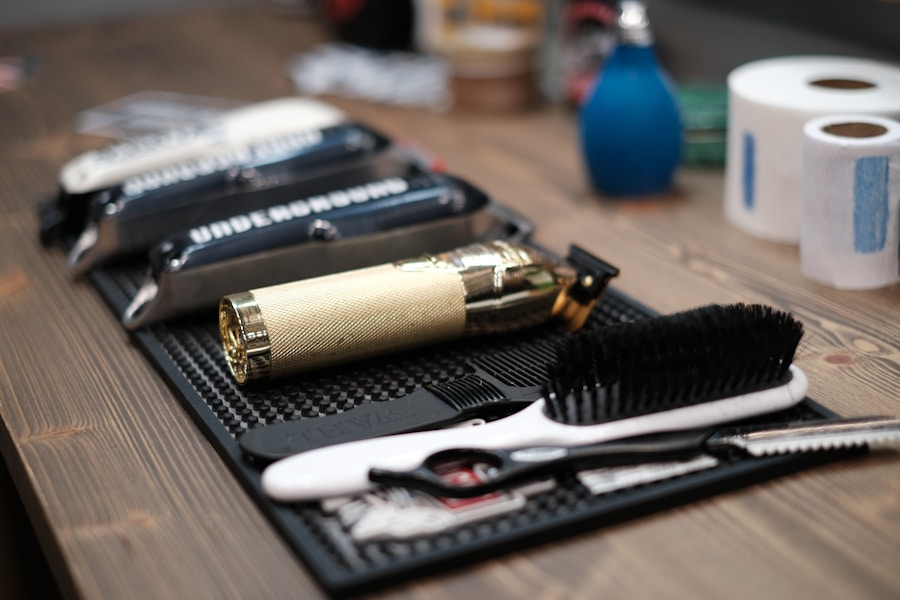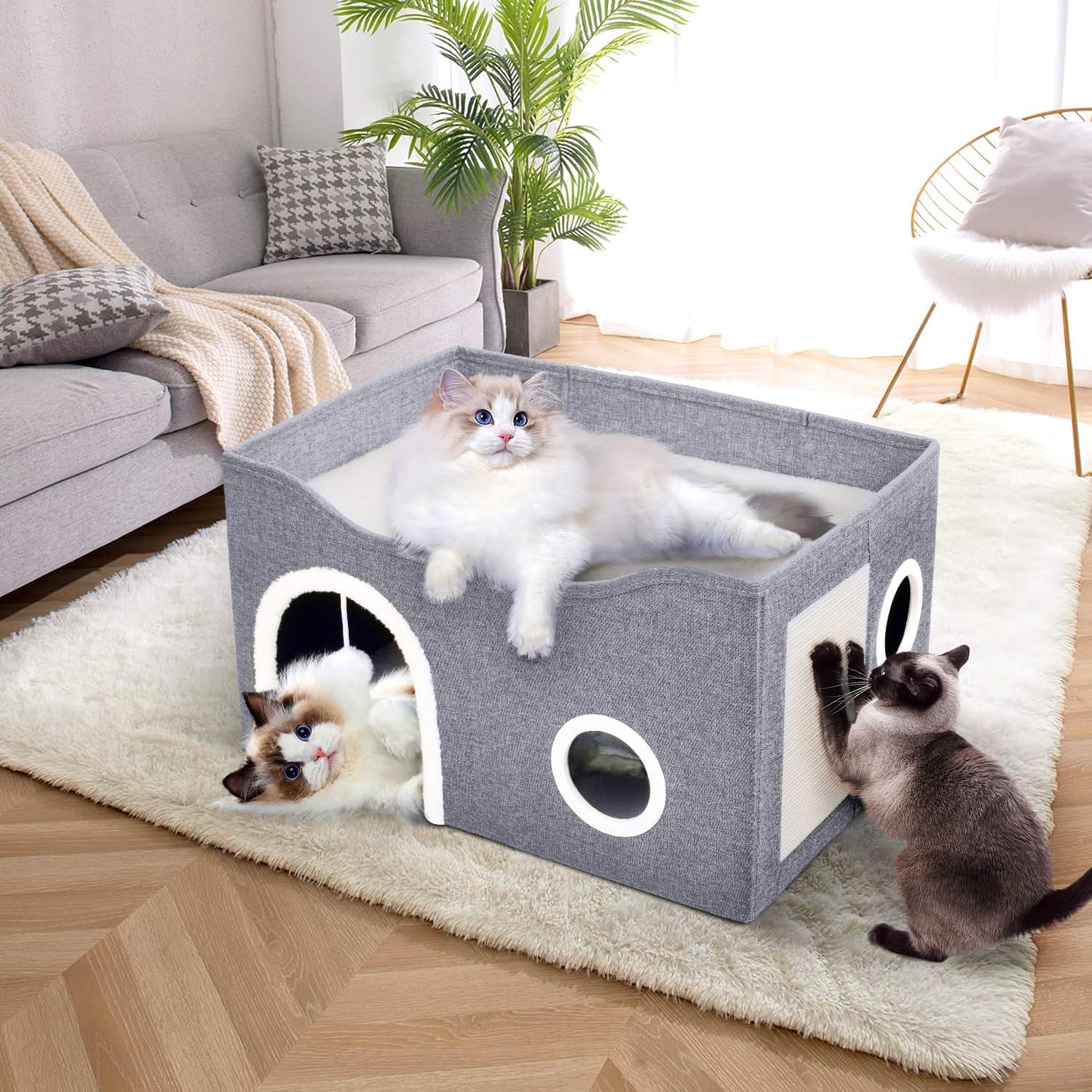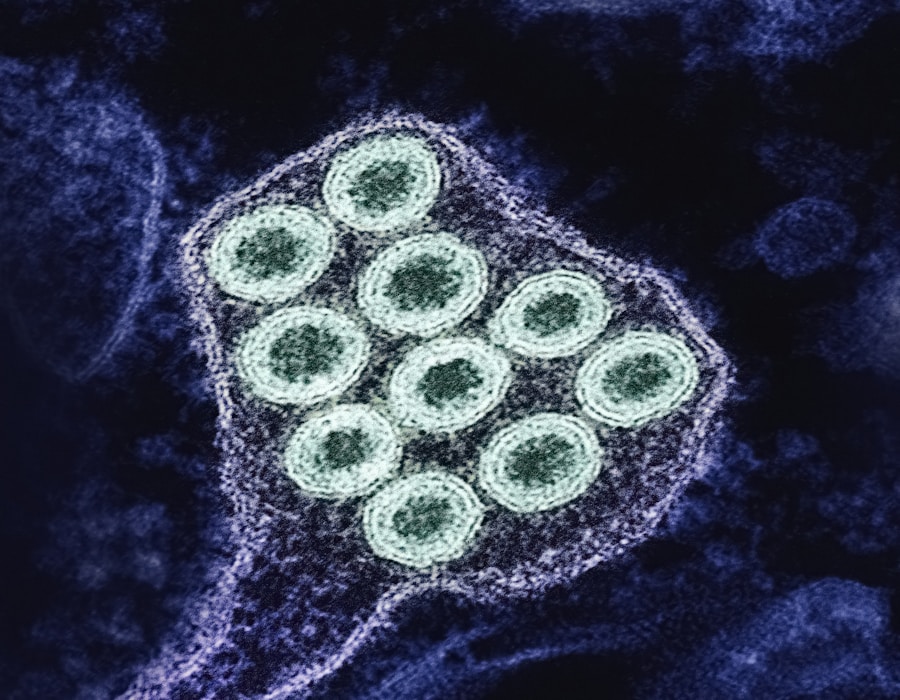House training, also known as potty training, is an essential part of owning a dog. It involves teaching your dog where and when it is appropriate to relieve themselves. This process can take time and patience, but with the right techniques, it can be a relatively smooth experience. The key to successful house training is understanding your dog’s natural instincts and behaviors. Dogs are naturally clean animals and prefer to eliminate away from their living area. They also have a strong sense of routine and will often need to go to the bathroom after eating, drinking, playing, or waking up from a nap. By understanding these basic principles, you can set your dog up for success in their house training journey.
In addition to understanding your dog’s natural instincts, it’s important to be aware of their individual needs and limitations. Puppies, for example, have smaller bladders and may need to go outside more frequently than adult dogs. Older dogs may have physical limitations that affect their ability to hold their bladder for long periods of time. By taking these factors into consideration, you can tailor your house training approach to best suit your dog’s needs. Overall, a solid understanding of your dog’s instincts and individual needs is the foundation for successful house training.
Setting Up a Routine for Success
One of the most important aspects of house training is establishing a consistent routine for your dog. Dogs thrive on routine and predictability, so setting a regular schedule for bathroom breaks is crucial. Start by taking your dog outside first thing in the morning, as well as after meals, playtime, and naps. By consistently taking your dog outside at these key times, you can help them learn when and where it is appropriate to relieve themselves. It’s also important to give your dog plenty of opportunities to go outside, especially during the initial stages of house training. This may mean taking them out every hour or so, gradually increasing the time between bathroom breaks as they become more reliable.
In addition to establishing a routine for bathroom breaks, it’s important to create a designated bathroom area for your dog. This could be a specific spot in the yard or a particular area on walks. By consistently taking your dog to the same spot to relieve themselves, you can help them develop a strong association between that location and the act of going to the bathroom. This can be especially helpful for puppies, who may not yet have full control over their bladder and bowel movements. By setting up a routine and designated bathroom area, you can set your dog up for success in their house training journey.
Using Positive Reinforcement Techniques
Positive reinforcement is a powerful tool in house training. By rewarding your dog for going to the bathroom in the appropriate location, you can help them understand what is expected of them. When your dog eliminates outside, be sure to praise them enthusiastically and offer a small treat as a reward. This positive association will encourage them to continue using the designated bathroom area. It’s important to offer the reward immediately after your dog finishes going to the bathroom, as they may not understand if you wait too long to praise them.
In addition to using treats and praise, you can also use other forms of positive reinforcement, such as playtime or a short walk, as a reward for successful bathroom breaks. By making the act of going to the bathroom outside a positive and rewarding experience, you can help your dog develop good habits and make house training a more enjoyable process for both of you. It’s important to be consistent with your positive reinforcement techniques and to avoid punishing your dog for accidents. Positive reinforcement is a much more effective and humane way to teach your dog where it is appropriate to relieve themselves.
Dealing with Accidents
Accidents are an inevitable part of the house training process, especially in the early stages. It’s important to approach accidents with patience and understanding, as punishing your dog for accidents can be counterproductive and damaging to your relationship with them. If you catch your dog in the act of having an accident indoors, interrupt them with a firm “no” and immediately take them outside to finish going to the bathroom. Once they have finished outside, be sure to praise them and offer a reward for doing the right thing.
If you find an accident after the fact, it’s important not to scold or punish your dog. Instead, simply clean up the mess thoroughly with an enzymatic cleaner to remove any lingering scent that may attract your dog back to the same spot. Accidents are a normal part of the house training process, and it’s important to remain patient and consistent as your dog learns where it is appropriate to relieve themselves.
Crate Training for House Training
Crate training can be a valuable tool in house training, as it can help prevent accidents when you are unable to supervise your dog closely. Dogs are naturally den animals and often feel secure and comfortable in a crate. When used properly, a crate can help teach your dog to hold their bladder and bowel movements until they are taken outside. It’s important to choose an appropriately sized crate for your dog – one that is large enough for them to stand up, turn around, and lie down comfortably – and to make the crate a positive and inviting space for them.
To use a crate effectively in house training, it’s important to gradually introduce your dog to the crate and associate it with positive experiences. Start by leaving the crate door open and placing treats or toys inside to encourage your dog to explore the space on their own. Once they are comfortable going in and out of the crate voluntarily, you can begin closing the door for short periods of time while you are home, gradually increasing the duration as your dog becomes more comfortable. It’s important not to leave your dog in the crate for extended periods of time, as this can lead to anxiety and distress. When used properly, crate training can be an effective tool in house training and can help prevent accidents when you are unable to supervise your dog.
Tips for Consistency and Patience
Consistency and patience are key components of successful house training. It’s important to establish a consistent routine for bathroom breaks and stick to it as closely as possible. This means taking your dog outside at the same times each day and offering plenty of opportunities for them to go to the bathroom in the designated area. Consistency also applies to positive reinforcement techniques – be sure to praise and reward your dog every time they go to the bathroom outside, even if it means braving bad weather or waking up in the middle of the night.
In addition to consistency, patience is essential in house training. It’s normal for accidents to happen, especially in the early stages, so it’s important to remain patient and understanding as your dog learns where it is appropriate to relieve themselves. Avoid punishing your dog for accidents, as this can be counterproductive and damaging to your relationship with them. Instead, focus on positive reinforcement and be prepared for setbacks along the way. With consistency and patience, you can help your dog develop good bathroom habits and make house training a successful and rewarding experience for both of you.
Troubleshooting Common House Training Challenges
House training can present a number of challenges along the way, but with patience and perseverance, these challenges can be overcome. One common challenge is when a previously house-trained dog starts having accidents indoors. This could be due to medical issues, changes in routine or environment, or stress or anxiety. If you notice a sudden change in your dog’s bathroom habits, it’s important to rule out any underlying medical issues by consulting with a veterinarian.
Another common challenge is when a dog refuses to go outside in bad weather or on unfamiliar surfaces. In these cases, it’s important to be patient and understanding with your dog while gently encouraging them to go outside as usual. You can also try using positive reinforcement techniques such as treats or praise to help motivate them.
Some dogs may also struggle with separation anxiety or fear of being alone outside, which can lead to accidents indoors when left alone. In these cases, it’s important to address any underlying anxiety issues through behavior modification techniques or professional help from a certified trainer or behaviorist.
Overall, troubleshooting common house training challenges requires patience, understanding, and a willingness to adapt your approach based on your individual dog’s needs and limitations. With time and effort, these challenges can be overcome, leading to a successful house training experience for both you and your furry friend.
In conclusion, house training is an essential part of owning a dog and requires time, patience, and consistency. By understanding your dog’s natural instincts and individual needs, setting up a routine for success, using positive reinforcement techniques, dealing with accidents calmly and effectively, utilizing crate training when necessary, maintaining consistency and patience throughout the process, and troubleshooting common challenges as they arise, you can help your dog develop good bathroom habits and make house training a successful and rewarding experience for both of you. With dedication and perseverance, you can set your dog up for success in their house training journey and enjoy a clean and harmonious living environment with your furry companion by your side.






?Estas buscando un buen casino online en Espana para jugar con dinero real? Yo tambien estuve en esa situacion hasta que encontre casino online real cash.
Me tope con una guia muy completa de casinos online con dinero real donde puedes jugar sin riesgos. Lo primero que me gusto fue que los operadores estan regulados por la DGOJ. Eso da confianza. Ademas, las plataformas funcionan genial desde el telefono. Yo juego desde Madrid y todo cargo perfectamente.
?Bonos? ?Ni hablar! Las plataformas recomendadas ofrecen recompensas por primer deposito para que puedas probar los juegos sin arriesgar mucho. ?Quieres jugar tragamonedas? La oferta es variada. Desde juegos de mesa en vivo hasta ruleta europea, todo esta ahi.
El retiro de ganancias es seguro. Yo recibi el dinero por transferencia y me llego en 24h. Eso demuestra seriedad. Si buscas opciones locales, te recomiendo esta pagina. Veras sitios seguros para ganar dinero en la actualidad.
Jugar con responsabilidad es clave. Y hacerlo en un sitio verificado es la base.
No pierdas mas tiempo, entra a ver las opciones.
Когда планируете тур по Испании, безусловно учитывайте многообразие городов и островов – от древней Севильи и Кордобы до динамичных Мадрида и Барселоны. Повышенное внимание стоит уделить особенным местам, таким как храм Святого Семейства в Барселоне, галерею Прадо в Мадриде и великолепным природным уголкам Канарских островов, в том числе Тенерифе и Ла Пальма. Для почитателей культурных маршрутов настоятельно советуют осуществить путь Сантьяго де Компостела – потрясающее путешествие на фоне насыщенной истории.
Для всестороннего знакомства с сущностью Испании нужно увидеть не только центральные города, но и такие места, как Мурсия, Ронда и Толедо. Балейарскую группу – Майорка и Ибица – отлично подойдут для приверженцев береговых развлечений и динамичного времяпрепровождения. Прочие направления и важные советы по отдыху можно найти по ссылке балеарские острова . Ключевое — окунайтесь в региональную культуру, дегустируйте классические блюда и радуйтесь морским бризом у берегов Испании!